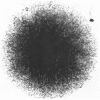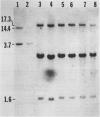Abstract
Chemical and physical carcinogens, present in our environment and encountered in a variety of occupations, produce damage to DNA. X-rays produced direct ionizations and indirect hydroxyl radical attack. UV light in the short wavelength is specifically absorbed by unsaturated bonds in DNA, RNA, and proteins. There are a number of genetic sites that are specifically affected by environmental agents, and an increased sensitivity is found in certain genetic diseases. The development of a fully malignant tumor involves the activation or altered expression of oncogenes or the inactivation of tumor-suppressor genes that control normal cellular development. Mutations in the p53 tumor-suppressor gene are common in diverse types of cancer and could perhaps provide clues to the etiology of some cancers and to the effect of various environmental and occupational carcinogens in cancer development. The fact that environmental factors are involved to a great extent in cancer suggest that cancer may be preventable. Experimental as well as epidemiological data indicate that a variety of nutritional factors can act as anticarcinogens and inhibit the process of cancer development and reduce cancer risk. The interaction of cells with a number of environmental and occupational genotoxic substances such as X-rays, UV light, and a variety of chemicals including ozone results in an enhanced generation of free oxygen radicals and in modified pro-oxidant states. A number of nutritional factors such as vitamins A, C, E, beta-carotene, and micronutrients such as selenium act as antioxidants and anticarcinogens. Certain hormones such as thyroid hormones enhance oxidative processes and act as a co-transforming factor in carcinogenesis.(ABSTRACT TRUNCATED AT 250 WORDS)
Full text
PDF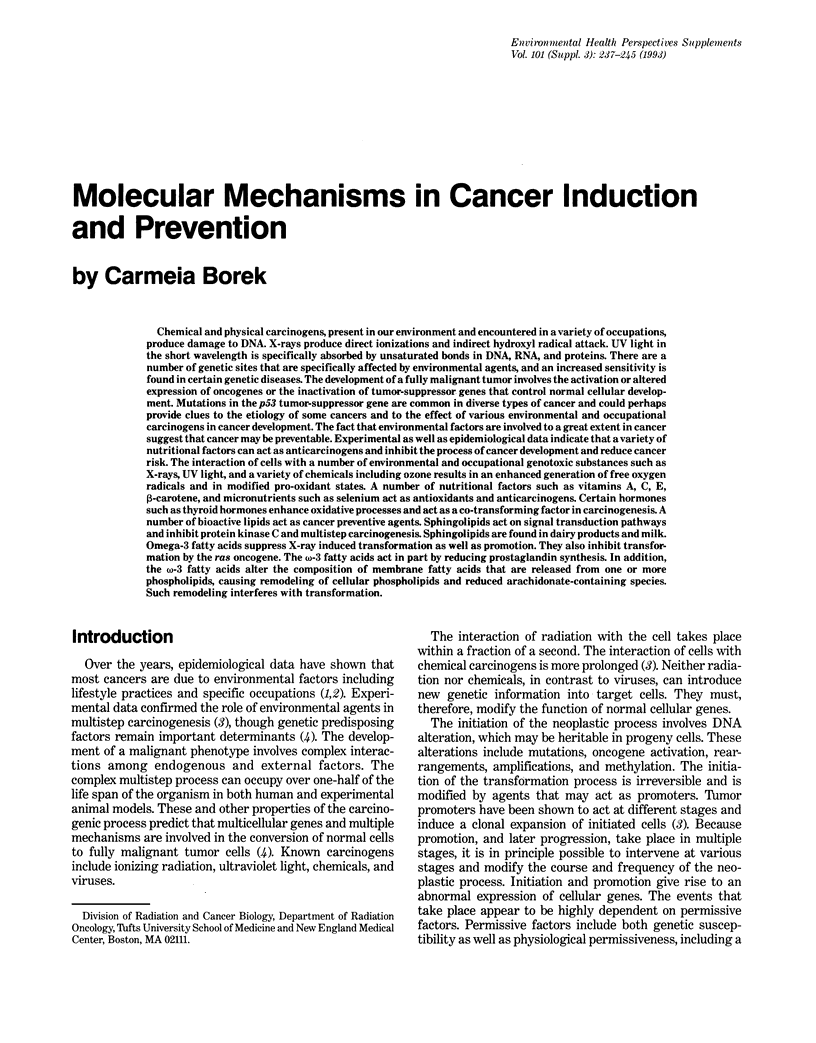
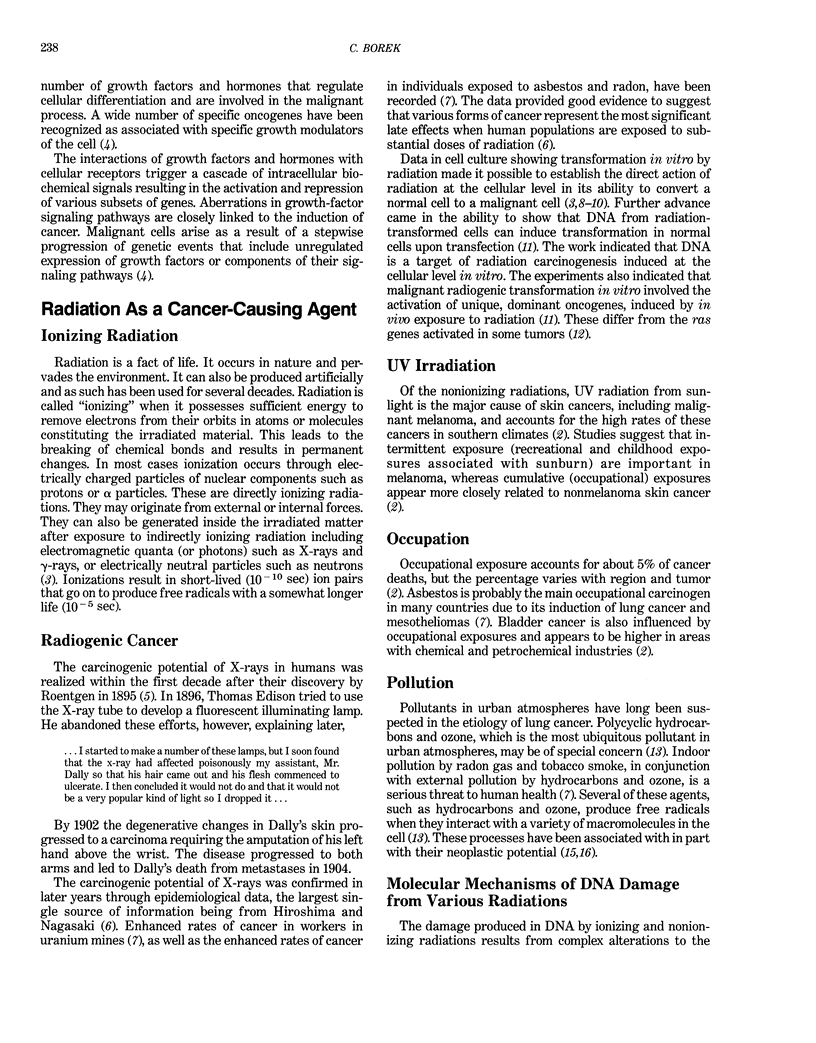
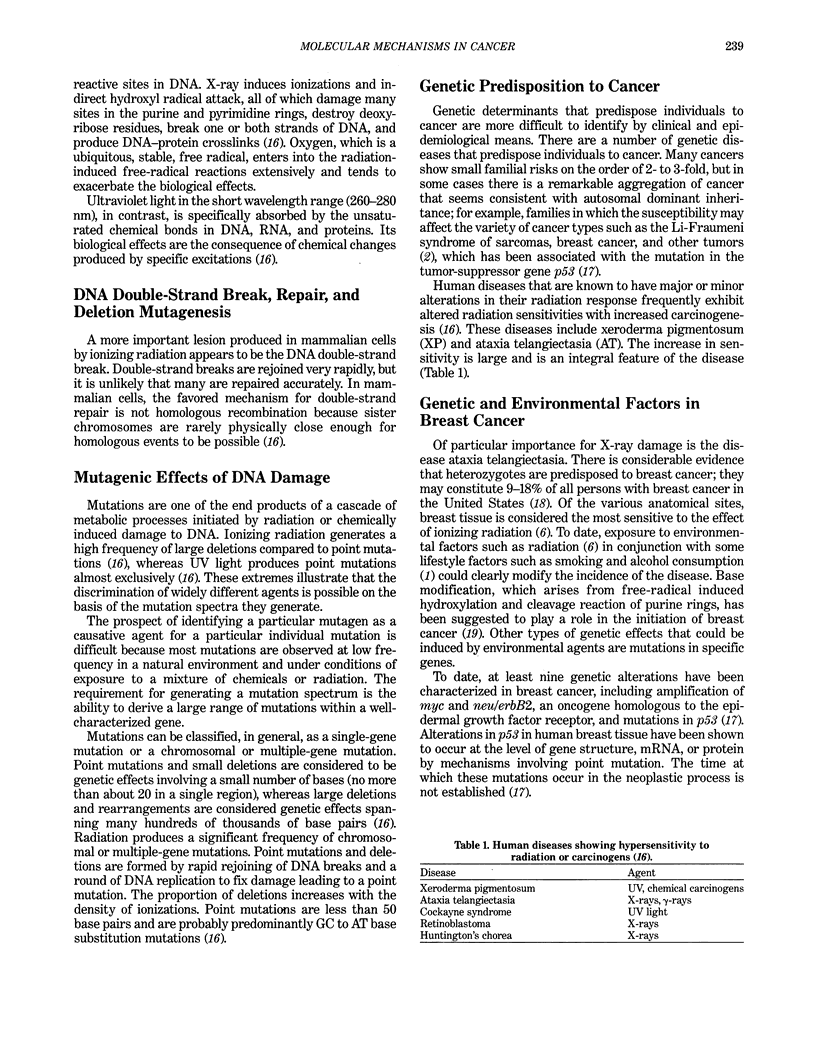
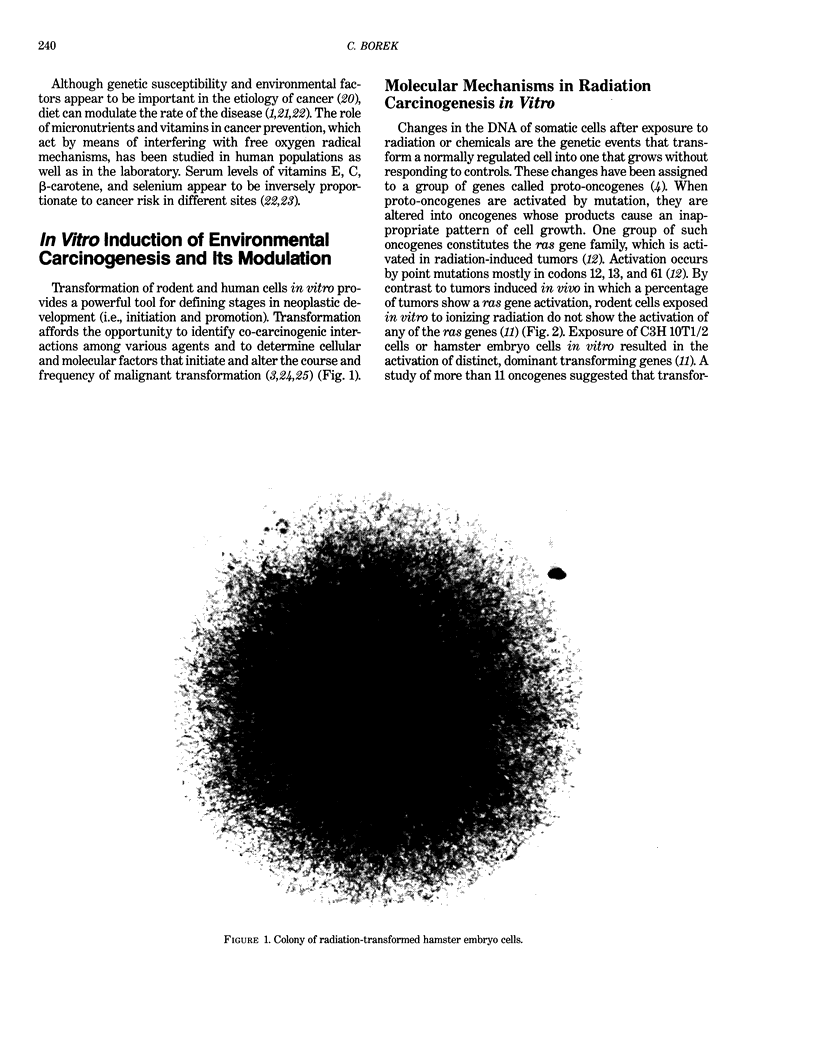
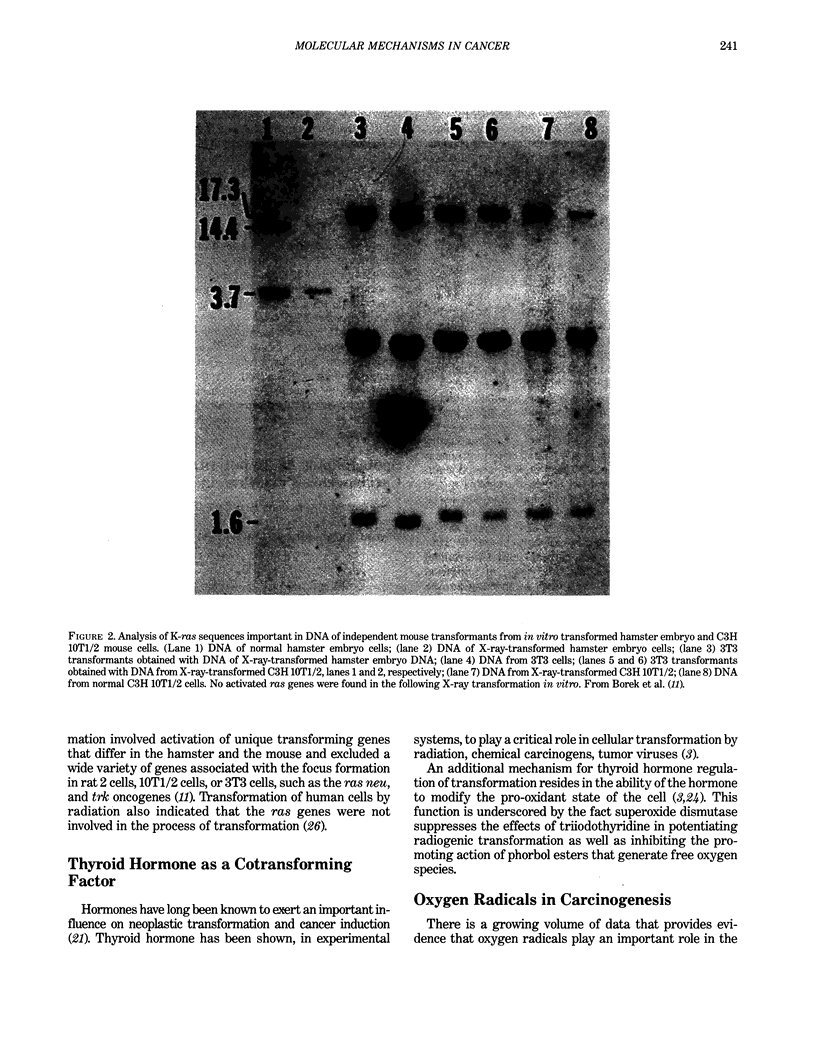
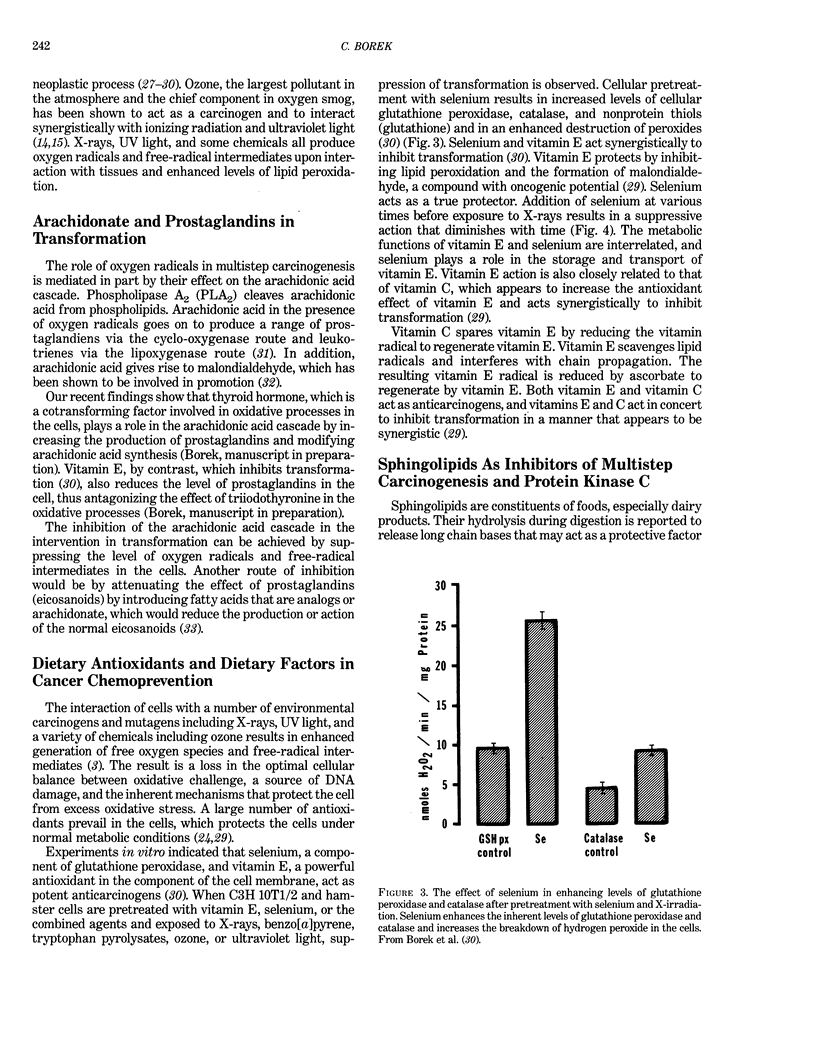
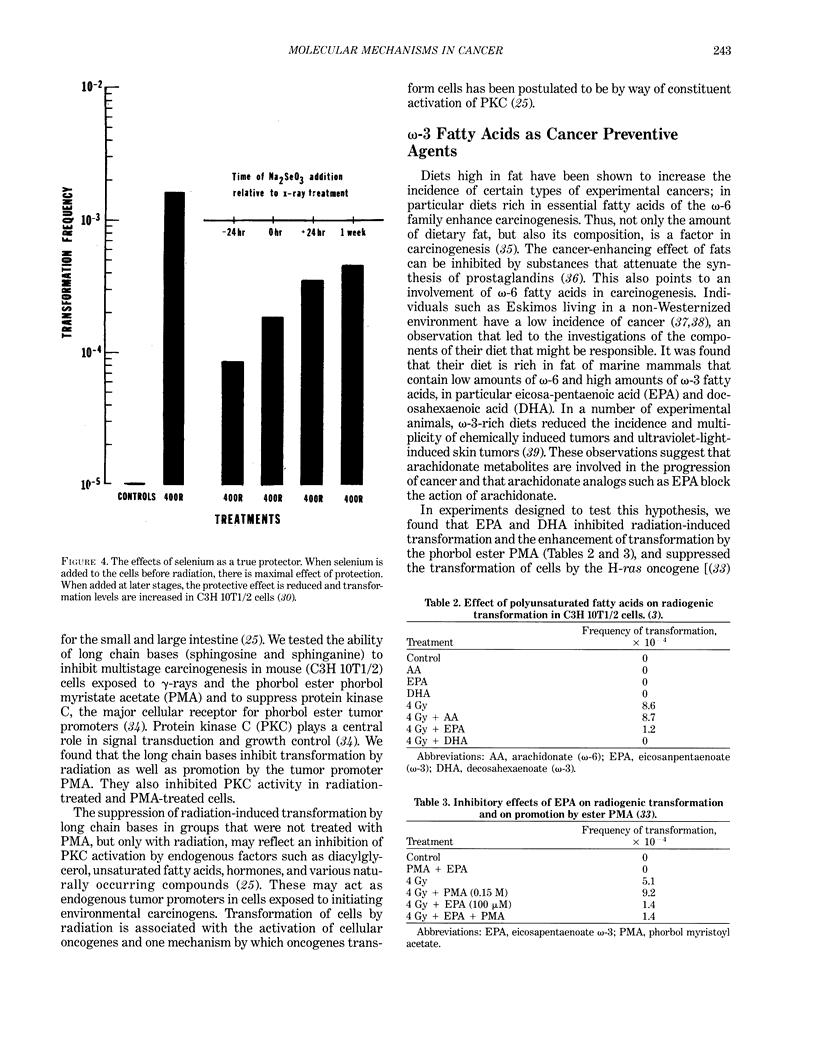
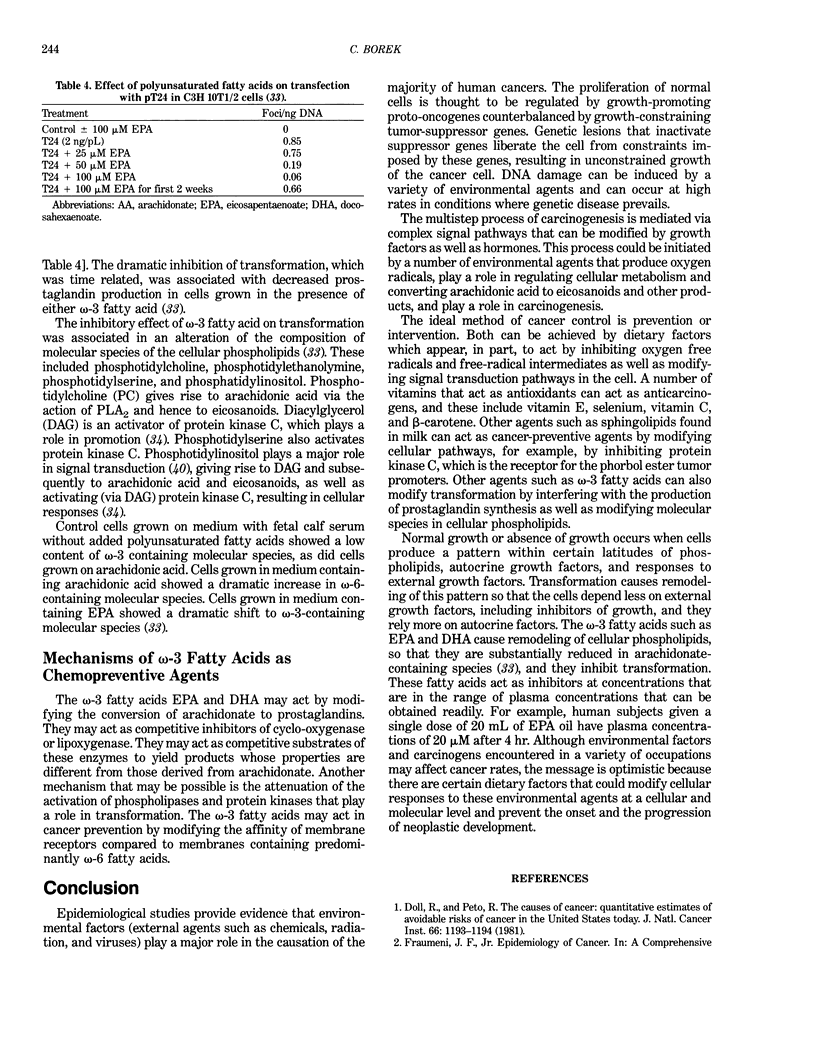
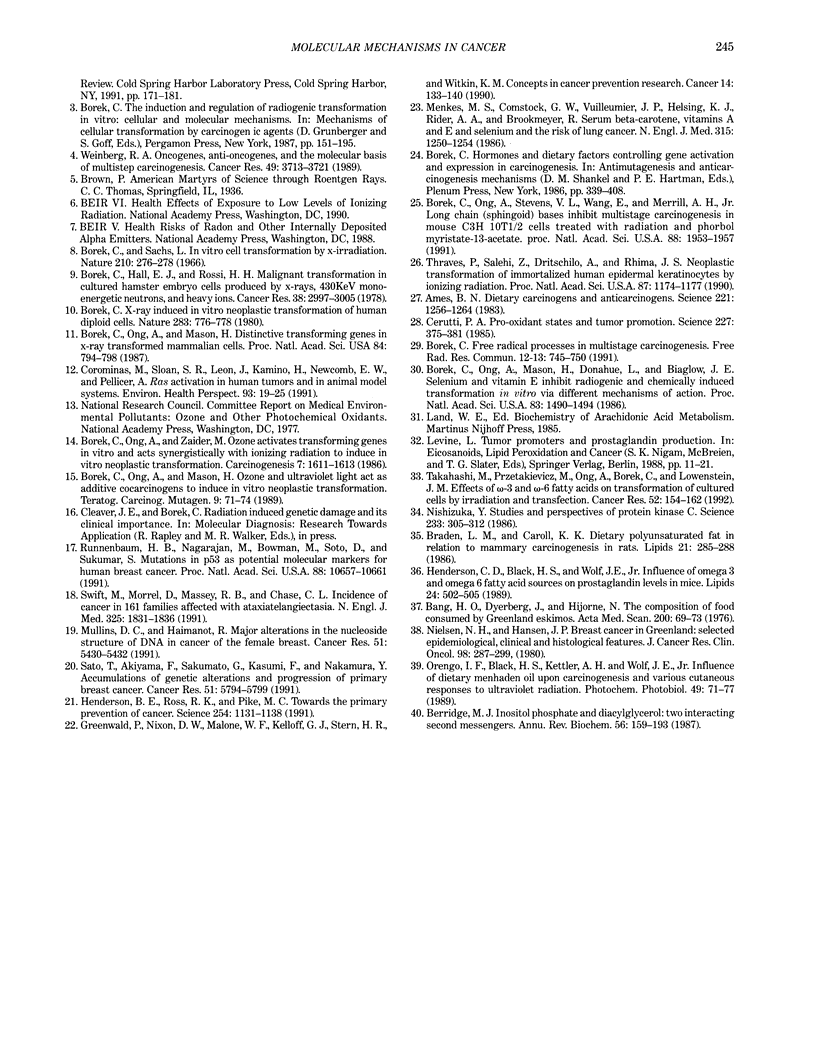
Images in this article
Selected References
These references are in PubMed. This may not be the complete list of references from this article.
- Ames B. N. Dietary carcinogens and anticarcinogens. Oxygen radicals and degenerative diseases. Science. 1983 Sep 23;221(4617):1256–1264. doi: 10.1126/science.6351251. [DOI] [PubMed] [Google Scholar]
- Bang H. O., Dyerberg J., Hjøorne N. The composition of food consumed by Greenland Eskimos. Acta Med Scand. 1976;200(1-2):69–73. doi: 10.1111/j.0954-6820.1976.tb08198.x. [DOI] [PubMed] [Google Scholar]
- Berridge M. J. Inositol trisphosphate and diacylglycerol: two interacting second messengers. Annu Rev Biochem. 1987;56:159–193. doi: 10.1146/annurev.bi.56.070187.001111. [DOI] [PubMed] [Google Scholar]
- Borek C. Free-radical processes in multistage carcinogenesis. Free Radic Res Commun. 1991;12-13 Pt 2:745–750. doi: 10.3109/10715769109145854. [DOI] [PubMed] [Google Scholar]
- Borek C., Hall E. J., Rossi H. H. Malignant transformation in cultured hamster embryo cells produced by X-rays, 460-keV monoenergetic neutrons, and heavy ions. Cancer Res. 1978 Sep;38(9):2997–3005. [PubMed] [Google Scholar]
- Borek C. Hormones and dietary factors controlling gene activation and expression in carcinogenesis. Basic Life Sci. 1986;39:399–408. doi: 10.1007/978-1-4684-5182-5_35. [DOI] [PubMed] [Google Scholar]
- Borek C., Ong A., Mason H. Distinctive transforming genes in x-ray-transformed mammalian cells. Proc Natl Acad Sci U S A. 1987 Feb;84(3):794–798. doi: 10.1073/pnas.84.3.794. [DOI] [PMC free article] [PubMed] [Google Scholar]
- Borek C., Ong A., Mason H., Donahue L., Biaglow J. E. Selenium and vitamin E inhibit radiogenic and chemically induced transformation in vitro via different mechanisms. Proc Natl Acad Sci U S A. 1986 Mar;83(5):1490–1494. doi: 10.1073/pnas.83.5.1490. [DOI] [PMC free article] [PubMed] [Google Scholar]
- Borek C., Ong A., Mason H. Ozone and ultraviolet light act as additive cocarcinogens to induce in vitro neoplastic transformation. Teratog Carcinog Mutagen. 1989;9(2):71–74. doi: 10.1002/tcm.1770090202. [DOI] [PubMed] [Google Scholar]
- Borek C., Ong A., Stevens V. L., Wang E., Merrill A. H., Jr Long-chain (sphingoid) bases inhibit multistage carcinogenesis in mouse C3H/10T1/2 cells treated with radiation and phorbol 12-myristate 13-acetate. Proc Natl Acad Sci U S A. 1991 Mar 1;88(5):1953–1957. doi: 10.1073/pnas.88.5.1953. [DOI] [PMC free article] [PubMed] [Google Scholar]
- Borek C., Sachs L. In vitro cell transformation by x-irradiation. Nature. 1966 Apr 16;210(5033):276–278. doi: 10.1038/210276a0. [DOI] [PubMed] [Google Scholar]
- Borek C. X-ray induced in vitro neoplastic transformation of human diploid cells. Nature. 1980 Feb 21;283(5749):776–778. doi: 10.1038/283776a0. [DOI] [PubMed] [Google Scholar]
- Borek C., Zaider M., Ong A., Mason H., Witz G. Ozone acts alone and synergistically with ionizing radiation to induce in vitro neoplastic transformation. Carcinogenesis. 1986 Sep;7(9):1611–1613. doi: 10.1093/carcin/7.9.1611. [DOI] [PubMed] [Google Scholar]
- Braden L. M., Carroll K. K. Dietary polyunsaturated fat in relation to mammary carcinogenesis in rats. Lipids. 1986 Apr;21(4):285–288. doi: 10.1007/BF02536414. [DOI] [PubMed] [Google Scholar]
- Cerutti P. A. Prooxidant states and tumor promotion. Science. 1985 Jan 25;227(4685):375–381. doi: 10.1126/science.2981433. [DOI] [PubMed] [Google Scholar]
- Corominas M., Sloan S. R., Leon J., Kamino H., Newcomb E. W., Pellicer A. ras activation in human tumors and in animal model systems. Environ Health Perspect. 1991 Jun;93:19–25. doi: 10.1289/ehp.919319. [DOI] [PMC free article] [PubMed] [Google Scholar]
- Henderson B. E., Ross R. K., Pike M. C. Toward the primary prevention of cancer. Science. 1991 Nov 22;254(5035):1131–1138. doi: 10.1126/science.1957166. [DOI] [PubMed] [Google Scholar]
- Henderson C. D., Black H. S., Wolf J. E., Jr Influence of omega-3 and omega-6 fatty acid sources on prostaglandin levels in mice. Lipids. 1989 Jun;24(6):502–505. doi: 10.1007/BF02535129. [DOI] [PubMed] [Google Scholar]
- Malins D. C., Haimanot R. Major alterations in the nucleotide structure of DNA in cancer of the female breast. Cancer Res. 1991 Oct 1;51(19):5430–5432. [PubMed] [Google Scholar]
- Menkes M. S., Comstock G. W., Vuilleumier J. P., Helsing K. J., Rider A. A., Brookmeyer R. Serum beta-carotene, vitamins A and E, selenium, and the risk of lung cancer. N Engl J Med. 1986 Nov 13;315(20):1250–1254. doi: 10.1056/NEJM198611133152003. [DOI] [PubMed] [Google Scholar]
- Nielsen N. H., Hansen J. P. Breast cancer in Greenland--selected epidemiological, clinical, and histological features. J Cancer Res Clin Oncol. 1980;98(3):287–299. doi: 10.1007/BF00410791. [DOI] [PubMed] [Google Scholar]
- Nishizuka Y. Studies and perspectives of protein kinase C. Science. 1986 Jul 18;233(4761):305–312. doi: 10.1126/science.3014651. [DOI] [PubMed] [Google Scholar]
- Orengo I. F., Black H. S., Kettler A. H., Wolf J. E., Jr Influence of dietary menhaden oil upon carcinogenesis and various cutaneous responses to ultraviolet radiation. Photochem Photobiol. 1989 Jan;49(1):71–77. doi: 10.1111/j.1751-1097.1989.tb04080.x. [DOI] [PubMed] [Google Scholar]
- Runnebaum I. B., Nagarajan M., Bowman M., Soto D., Sukumar S. Mutations in p53 as potential molecular markers for human breast cancer. Proc Natl Acad Sci U S A. 1991 Dec 1;88(23):10657–10661. doi: 10.1073/pnas.88.23.10657. [DOI] [PMC free article] [PubMed] [Google Scholar]
- Sato T., Akiyama F., Sakamoto G., Kasumi F., Nakamura Y. Accumulation of genetic alterations and progression of primary breast cancer. Cancer Res. 1991 Nov 1;51(21):5794–5799. [PubMed] [Google Scholar]
- Swift M., Morrell D., Massey R. B., Chase C. L. Incidence of cancer in 161 families affected by ataxia-telangiectasia. N Engl J Med. 1991 Dec 26;325(26):1831–1836. doi: 10.1056/NEJM199112263252602. [DOI] [PubMed] [Google Scholar]
- Takahashi M., Przetakiewicz M., Ong A., Borek C., Lowenstein J. M. Effect of omega 3 and omega 6 fatty acids on transformation of cultured cells by irradiation and transfection. Cancer Res. 1992 Jan 1;52(1):154–162. [PubMed] [Google Scholar]
- Thraves P., Salehi Z., Dritschilo A., Rhim J. S. Neoplastic transformation of immortalized human epidermal keratinocytes by ionizing radiation. Proc Natl Acad Sci U S A. 1990 Feb;87(3):1174–1177. doi: 10.1073/pnas.87.3.1174. [DOI] [PMC free article] [PubMed] [Google Scholar]
- Weinberg R. A. Oncogenes, antioncogenes, and the molecular bases of multistep carcinogenesis. Cancer Res. 1989 Jul 15;49(14):3713–3721. [PubMed] [Google Scholar]



